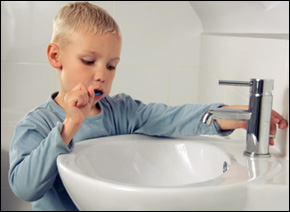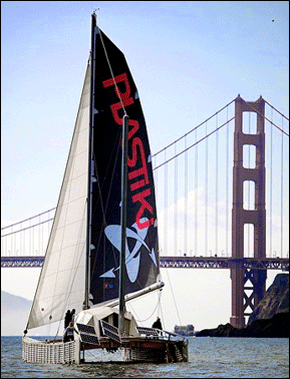Chicago water pollution a difficult pill to swallow
CHICAGO – Following a study conducted for the Chicago Tribune, the EPA has recently reported traces of pharmaceutical drugs in water supplies across the state, announces the Tribune. While the EPA once advised people to flush their unwanted pills down the toilet, they are now launching a series of medicine collection drives. The excess medication will be incinerated.
Dave Walters, manager of waste-reduction compliance for the Illinois EPA, told the Tribune that the number of participants in the collection process is growing. “It’s one method people have to be more environmentally responsible,” he noted.
Read more here.
Source: Chicago Tribune







When Congress passed the Clean Water Act (CWA) and paid 80% of the construction cost of new sewage treatment facilities, many cities built facilities with much larger capacities than was required for the population. This over-capacity then was offered to industries to treat their wastewater, probably without realizing that most conventional sewage treatment plants were solely designed to treat fecal waste, the main cause of odors. Nitrogenous (urine and protein) waste does not require treatment. Most industrial wastewater therefore is not treated and ends up in the river (the solution to pollution is dilution) or adsorbed to the sewage sludge ended up where this sludge was disposed, often in the agriculture.
Finding PPCP’s ((Pharmaceutical and Personal Care Products) in open waters and in drinking water, therefore should not surprise anybody, especially since drinking water treatment processes also depend on processes developed a century ago, when most of these compounds even existed.
The major reason why sewage is still treated solely to control odor problems, is the fact that when EPA implemented the CWA it used an essential water pollution test incorrect and consequently ignored not only the nitrogenous waste, but also still makes it impossible to evaluate the real treatment performance of sewage treatment plants and what their effluent waste loadings are on receiving water bodies.
Even tough EPA recognized the problems with this test in 1984, in stead of correcting the test, it allowed a modified test and by doing so officially ignored this nitrogenous waste pollution in sewage, while this waste like fecal waste, exerts an oxygen demand, but also in all its forms is a fertilizer for algae. By doing so EPA changed the goal of the CWA from 100% treatment to a measly 35% treatment and did this without informing members of Congress.
While this fact is known by several politicians and media personnel, nobody cares to hold EPA accountable for not implementing the CWA as intended and promised to the American Public.
Want to learn more? Visit http://www.petermaier.net